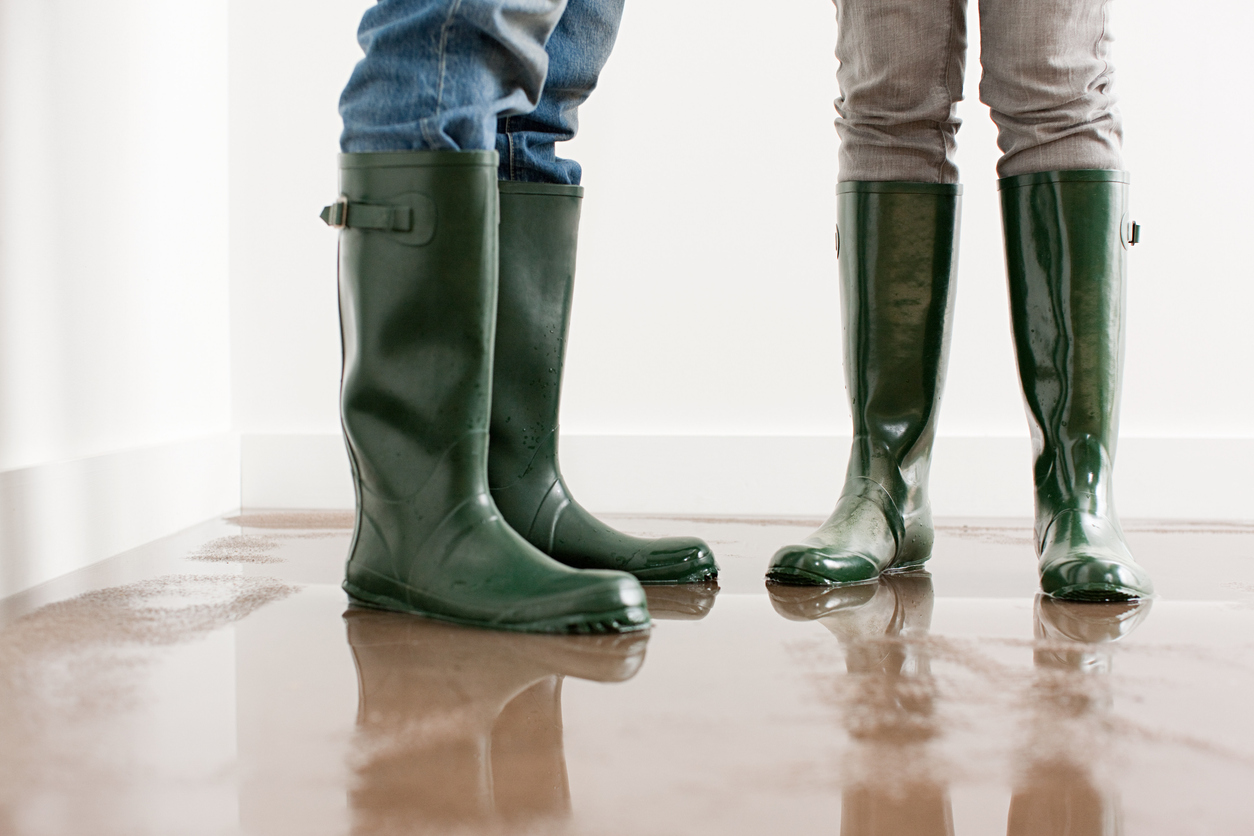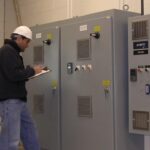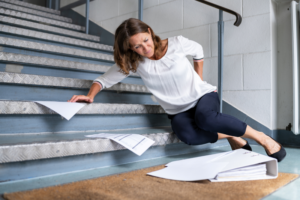As a forensic engineering firm, we understand that restoring your buildings and community after a flood can be difficult and complex. At CED Technologies, your safety and trust in restoring your buildings are foremost in our company’s objectives.
Immediate Steps After Flooding
- Ensure Personal Safety First
-
-
-
-
- Wait for water levels to reduce significantly, and do not re-enter the building until local officials confirm the area is safe.
- Standing water is defined as non-flowing water of any depth on the ground surface. Because we do not know the contents of standing water, it is essential to stay clear of it. Sharp objects, electrical hazards, or contaminated materials (biological and chemical) in standing water can cause serious injury.
- Ensure that the electricity is off in the area and that the area is safe to inhabit. This is critical because live electricity within a wet or flooded building can cause death by fatal electric shock. If the power is not off, call your utility company to shut off the power.
- Before entering the home, observe any structural damage, such as leaning walls, cracked foundations, or sagging roofs. If any of these damages are present, call a professional before entering the building.
- Wear protective clothes like rubber gloves, pants, and sturdy shoes to protect yourself from contaminated waters. If you are cleaning and removing moldy objects in your home, wear a face mask and goggles to keep out dust and small particles.
-
-
-
- Report and Begin Insurance Claims
-
-
-
-
- Notify your insurance provider as soon as possible and use your documentation to support your claim.
- Notify your insurance provider as soon as possible and use your documentation to support your claim.
-
-
-
- Document the Damage & Preserve Potential Evidence
-
-
-
-
- Take as many photos and videos as possible before beginning any cleanup or repairs. Record water levels and any visible damage, including damage to mechanical systems, walls, flooring, and exterior structures.
- Do not discard damaged structural components (such as floor joists and HVAC units) if there is a chance they may be relevant to a legal or insurance investigation.
- If possible, isolate areas that seem to have been damaged (such as collapsed walls or foundation movement) until the areas can be professionally examined.
-
-
-
- Begin the Ventilation Process
-
-
-
-
- Use fans, dehumidifiers, or air conditioning units to ventilate the building.
- Remove porous and spongy materials, such as clothes, rugs, and furniture that are too damaged to recover.
- If necessary, hire a licensed Flood Remediation company to safely and properly remove damaged portions of the structure and dry the structure with appropriate ventilation methods.
-
-
-
Our Expertise
As a forensic engineering firm, CED Technologies specializes in identifying the root causes of flood damage. We can evaluate the integrity of residential and commercial structures after flooding. Our engineers can determine if the structure is safe for occupancy and the root cause of failure.
At CED Technologies, our expert engineers perform detailed analyses to determine whether design, construction, or maintenance failures contributed to the flood damage.
The floodwater may recede, but the full impact of floodwaters often lingers for months. If you are a homeowner, business owner, or insurer, dealing with flood damage, our team at CED is here to help.






